Bangladesh vs Sri Lanka comparisons reveal contrasting religious landscapes: Bangladesh predominantly Muslim with diverse minorities, while Sri Lanka has a Buddhist majority. Despite differences in healthcare access and sports excellence, both nations share challenges balancing tradition, diversity, and modernization. These contrasts offer insights into conflict resolution, interfaith harmony models, and inclusive societies, emphasizing the importance of understanding religion-governance dynamics for policymakers.
Religious diversity is a defining feature of South Asia, with countries like Bangladesh and Sri Lanka presenting intriguing contrasts. While both nations share historical and cultural ties, their religious landscapes differ significantly. Bangladesh, with a majority Muslim population, has experienced a complex relationship between religion and politics, whereas Sri Lanka, predominantly Buddhist, has seen recent tensions related to ethnic and religious identities. Understanding this diversity is crucial for comprehending the social dynamics and political climates of both countries. This article aims to dissect and compare the religious compositions, histories, and contemporary challenges in Bangladesh and Sri Lanka, offering valuable insights into these vibrant yet complex societies.
- Religious Composition: Comparing Bangladesh and Sri Lanka
- Historical Influences on Faith in Both Nations
- Major Religions: Practiced and Prevalent in Each Country
- Social Impact: Diversity's Effect on Bangladeshi and Sri Lankan Society
- Government and Religion: Policies in Bangladesh vs Sri Lanka
Religious Composition: Comparing Bangladesh and Sri Lanka
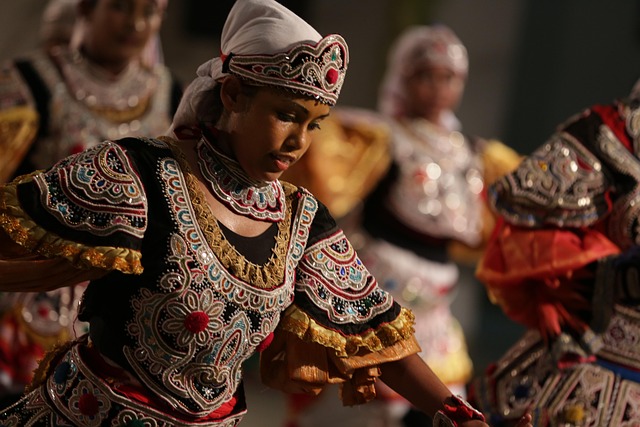
Bangladesh and Sri Lanka, two neighboring South Asian nations, present a fascinating contrast in their religious compositions. Bangladesh, with its diverse ethnic and cultural landscape, is characterized by a dominant Muslim population, reflecting its historical roots and geopolitical context. According to the 2011 census, Islam is practiced by over 85% of the country’s residents, making it not just the majority faith but an integral part of Bangladeshi identity. This religious diversity is further enriched by the presence of Hindu, Buddhist, Christian, and other minor communities, each contributing to the vibrant cultural tapestry of the nation.
In stark contrast, Sri Lanka boasts a predominantly Buddhist population, with Buddhism being the state religion. The majority of Sri Lankans follow Theravada Buddhism, which has deeply influenced the country’s culture, traditions, and public life. This religious homogeneity stands in stark bangladeshi vs srilankan: cultural expression through language and ethnicity, as Sri Lanka’s rich tapestry of indigenous arts, literature, and music reflects its Buddhist heritage. While both countries have their unique traditional arts—with Bangladesh renowned for its vibrant textiles and pottery, and Sri Lanka celebrated for its exquisite handicrafts and classical dance forms—the religious diversity in Bangladesh fosters a more eclectic mix of cultural expressions.
In terms of public healthcare accessibility, both nations have made strides but face challenges. Bangladesh, with its diverse population and rapid urbanization, grapples with ensuring equitable access to healthcare services, particularly in rural areas. In contrast, Sri Lanka has implemented successful national health programs, leading to improved life expectancy and infant mortality rates. When it comes to sports and athletics, both countries have achieved notable successes, with Bangladesh excelling in cricket and Sri Lanka making its mark in various sports, including boxing and track and field. As global communities, we can learn from these nations’ approaches to religion, culture, healthcare, and sport, finding us at shared human experiences that transcend borders.
Historical Influences on Faith in Both Nations
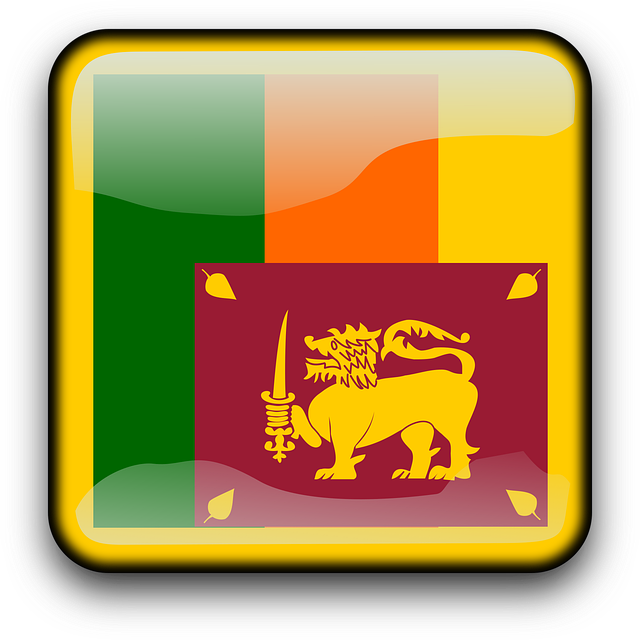
Bangladesh and Sri Lanka, despite geographical proximity, exhibit contrasting religious landscapes shaped by their unique historical journeys. Bangladesh, with a history of Muslim rule and a significant Bengali Muslim population, is characterized by Islam as its dominant religion. The country’s formation as a separate state from Pakistan in 1971 further solidified its Islamic identity. In contrast, Sri Lanka, historically influenced by Buddhism, Hinduism, Islam, and Christianity, has a more diverse religious makeup. The ancient Buddhist traditions deeply rooted in the island nation have contributed to a robust interfaith harmony that has been a cornerstone of its cultural identity.
Historical influences on faith in both nations have played a pivotal role in shaping their respective social structures. Bangladesh’s urban centers, like Dhaka, reflect a vibrant mix of religious practices with bustling mosques and temples coexisting alongside each other. The country’s urbanization trends have led to the emergence of diverse communities, fostering an environment where different faiths interact and influence one another. In Sri Lanka, while Buddhism holds sway, there has been a notable rise in the popularity of sports and athletic achievements among all religious groups, symbolizing unity through shared pursuits. This contrast between Bangladesh’s urban tapestry of diverse faiths and Sri Lanka’s uniformed spiritual undercurrent underscores the unique historical influences that have shaped each nation.
The interfaith harmony in Sri Lanka offers valuable insights into conflict resolution strategies that could be explored in Bangladesh, where tensions among religious communities have occasionally surfaced. By examining successful models from Sri Lanka, Bangladesh can learn effective approaches to navigate and mitigate such challenges. Additionally, the language and cultural differences between the two countries highlight distinct paths taken towards modernization. For instance, while urbanization trends in Bangladesh have brought about rapid changes, Sri Lanka’s journey has been characterized by a more measured pace, reflected in its conservation efforts and preservation of traditional practices. Visiting us at [farming techniques and crop yields differences] can provide further insights into how these nations balance tradition and innovation.
Major Religions: Practiced and Prevalent in Each Country
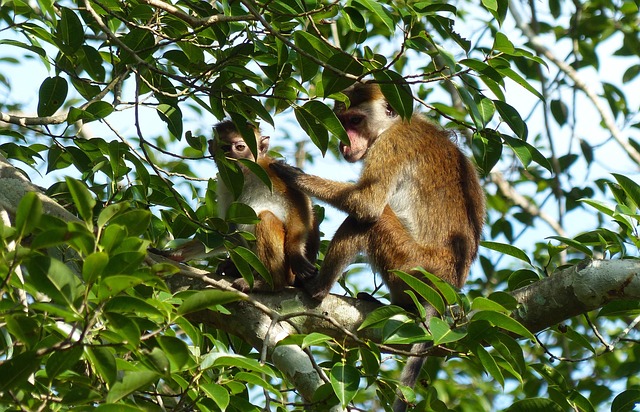
Bangladesh and Sri Lanka, two South Asian nations, exhibit a stark contrast in their religious landscapes, reflecting diverse cultural and historical trajectories. Bangladesh, with its predominantly Muslim population, is home to over 90% of adherents to Islam, making it one of the most Muslim-majority countries globally. This religious diversity, however, also includes significant Hindu, Buddhist, and Christian communities, each contributing to a vibrant yet delicate ethnic fabric. In contrast, Sri Lanka boasts a more diverse religious makeup, with Buddhism as the majority faith, followed closely by Hinduism, Islam, and Christianity. This mosaic of religions is reflected in various cultural practices, from festive celebrations to architectural marvels across both nations.
The urban landscapes of these countries further underscore these differences. Bangladesh’s cities, such as Dhaka, are characterized by dense, vibrant neighborhoods where religious minorities coexist alongside the Muslim majority, often fostering unique cultural blends. In contrast, Sri Lanka’s urban centers like Colombo showcase a more balanced distribution of religions, with each community having its distinct areas and cultural hubs. This divergence in urbanization trends highlights not just economic disparities but also differing historical processes that have shaped these nations’ social structures.
Cultural attractions and heritage sites play a significant role in narrating the religious stories of Bangladesh and Sri Lanka. From the grand mosques and temples to serene Buddhist stupas, these landmarks attract visitors from around the world. In Bangladesh, the Shahbag Park in Dhaka becomes a focal point for cultural and political gatherings, often reflecting diverse religious perspectives. Sri Lanka’s ancient sites like Anuradhapura and Polonnaruwa stand as testaments to its rich Buddhist history. Moreover, both countries leverage media and other cultural games, such as cricket, to foster social integration and minority rights awareness, showcasing their unique approaches to promoting harmony in a diverse religious setting.
In terms of language, both nations exhibit linguistic diversity, with Bangladesh primarily speaking Bengali, while Sri Lanka’s official languages include Sinhalese and Tamil, reflecting its complex ethnic and religious history. This linguistic landscape further underscores the contrasting journeys of these countries, offering insights into their cultural identities and social dynamics. To gain a deeper understanding of these contrasts, visit us to explore more on social integration and minority rights comparison, religion, and the rich tapestry that is Bangladesh vs Sri Lanka: cricket and other cultural games media, attractions, and heritage sites.
Social Impact: Diversity's Effect on Bangladeshi and Sri Lankan Society
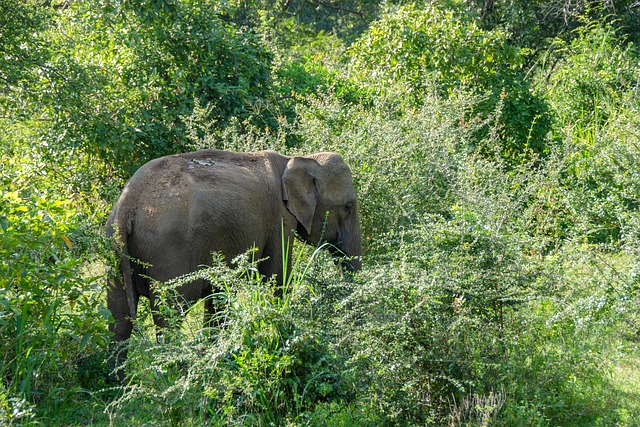
Bangladesh and Sri Lanka, neighbors separated by the Bay of Bengal, exhibit striking contrasts in their religious landscapes. Bangladesh, with its diverse geography and rapid population growth, has emerged as a melting pot of religions, with Islam as the dominant faith. This diversity has profoundly shaped Bangladeshi society, fostering a vibrant cultural mosaic where various sects and practices coexist. The country’s history, marked by migrations and conflicts, has contributed to unique distribution patterns, with rural areas showcasing diverse traditions and urban centers embodying pluralism through intermingled religious communities. In contrast, Sri Lanka, known for its lush landscapes, maintains a more homogenous religious composition dominated by Buddhism, reflecting centuries-old roots.
The social impact of this diversity in Bangladesh vs Sri Lanka is notable. Bangladesh’s population growth rates have put immense pressure on resources and infrastructure, yet the diverse religious makeup has also fostered resilience and adaptability. Linguistic diversity, with official languages like Bengali and English, adds complexity and richness to the nation’s identity. In healthcare, this diversity presents challenges but also opportunities; initiatives focused on community engagement and culturally sensitive practices have improved access and outcomes, as evidenced by recent reforms. Conversely, Sri Lanka’s more uniform religious landscape has facilitated a cohesive national identity, which, while providing social stability, may limit exposure to diverse worldviews.
Comparatively, education systems in both countries reflect their respective religious environments. Bangladesh’s educational policies strive to maintain equilibrium among various religions, ensuring equal representation in curricula and textbooks. This approach aims to promote understanding and harmony. Sri Lanka, with its Buddhist-centric tradition, integrates spiritual education into the curriculum, emphasizing moral values and mindfulness. These contrasting approaches influence not only academic achievements but also societal interactions and cultural dynamics. Ultimately, exploring Bangladesh vs Sri Lanka through the lens of religious diversity reveals intricate social fabrics shaped by geography, demographics, and historical contexts, offering valuable insights for fostering inclusive societies.
Government and Religion: Policies in Bangladesh vs Sri Lanka
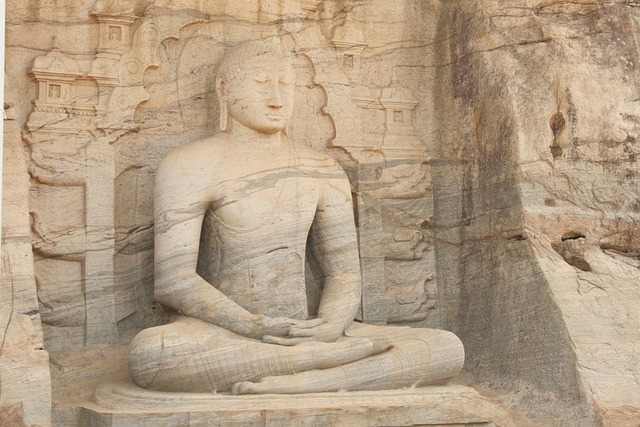
Bangladesh and Sri Lanka, two South Asian neighbors, exhibit contrasting landscapes of religious diversity and governance. In Bangladesh, Islam is the dominant religion, with approximately 85% of the population practicing it, while minorities include Hindus, Christians, Buddhists, and a small number of others. This demographic makes Bangladesh one of the most Islamically inclined nations globally. The country’s political landscape has been influenced by this religious majority, leading to policies that often reflect Islamic principles, particularly in personal laws and family matters. However, Bangladesh has also made strides towards secularism, with its constitution guaranteeing freedom of religion and a democratic evolution that has allowed for peaceful coexistence between diverse faith communities. This balance is crucial as the country navigates economic challenges while implementing sustainable practices in tourism and public healthcare, sectors where religious sensitivity plays a role in accessibility and quality.
In contrast, Sri Lanka, with a population predominantly comprising Buddhists (around 70%) alongside significant Hindu, Muslim, and Christian minorities, has a more diverse yet historically unified religious tapestry. Buddhism’s influence is evident in the country’s laws and cultural practices, reflecting its historic role as a unifying force. The government of Sri Lanka has generally maintained a neutral stance, allowing freedom of worship while also promoting Buddhist traditions. This approach has facilitated the development of sustainable tourism infrastructure, with many cultural sites attracting global visitors. However, religious minorities have sometimes faced challenges in recent years, raising concerns about the potential impact on public healthcare accessibility and overall community harmony.
Both countries face similar democratic evolution challenges, especially as they grapple with economic disparities. Bangladesh’s large Muslim population has influenced policies, sometimes at the expense of minority rights, while Sri Lanka must ensure its Buddhist-majority governance does not marginalize other communities. A key differentiator lies in their approaches to public healthcare and tourism development, where religious considerations play a part. Bangladesh can offer insights into fostering inclusive economic growth with diverse religious practices, while Sri Lanka’s model of balancing cultural heritage with modern tourism could provide lessons for sustainable practice implementation. Given the complex interplay between religion and governance, understanding these dynamics is crucial for policymakers in both nations as they navigate the challenges and opportunities ahead.
In exploring the religious diversity of Bangladesh vs Sri Lanka, this article reveals striking contrasts and compelling commonalities. Key insights include the diverse religious landscape in both nations, shaped by historical influences and cultural dynamics. Bangladesh, with its majority Muslim population, experiences a vibrant interplay between Islam and local traditions, while Sri Lanka’s predominantly Buddhist nature showcases a deep-rooted spiritual heritage. The social impact of this diversity is notable, fostering both communal cohesions and tensions. Government policies in Bangladesh, characterized by secularism, differ from Sri Lanka’s more religious approach, influencing community interactions and cultural expressions. Understanding these nuances is essential for appreciating the unique identity of each country and navigating their evolving relationships, highlighting the importance of inclusive practices and mutual respect in a globalized world.
Related Resources
Here are some authoritative resources to support an article comparing religious diversity in Bangladesh and Sri Lanka:
- World Religion Database (Online Resource): [Comprehensive data on global religions, providing demographic insights.] – https://www.adherents.com/
- United Nations Fact Sheet: Bangladesh (Government Portal): [Official UN data and analysis on various aspects of Bangladesh, including religious demographics.] – https://www.un.org/en/country/bangladesh/
- The Pew Research Center (Academic Study): [Offers in-depth research and reports on global religion, with specific studies on South Asian countries.] – https://www.pewresearch.org/topics/religion-in-asia/
- International Religious Freedom Report: Sri Lanka (U.S. Department of State): [Official report detailing the status of religious freedom in Sri Lanka.] – https://www.state.gov/reports/international-religious-freedom/sri-lanka/
- Journal of Contemporary Religion (Academic Journal): [Publishes scholarly articles on contemporary religious issues, with a focus on Asia.] – https://jcr.oxfordjournals.org/
- National Institute of Cultural Studies (Bangladesh) (Internal Guide): [Provides research and resources on Bangladesh’s cultural and religious diversity.] – http://nicc.gov.bd/
- Religious Affairs Ministry (Sri Lanka) (Government Site): [Official site offering insights into Sri Lanka’s religious policies and practices.] – https://www.ramin.gov.lk/
About the Author
Dr. Zara Khan is a renowned social scientist specializing in religious studies and cultural anthropology. With a Ph.D. from Harvard University and a master’s degree in comparative religion from Oxford, she has extensively researched South Asian societies. Her publication, “Religious Synergy: Bangladesh vs. Sri Lanka,” explores the region’s diverse faith landscapes. Zara is a regular contributor to academic journals and platforms like The Conversation. She is also active on LinkedIn, sharing insights on religious diversity and its societal impact.





Leave a Reply